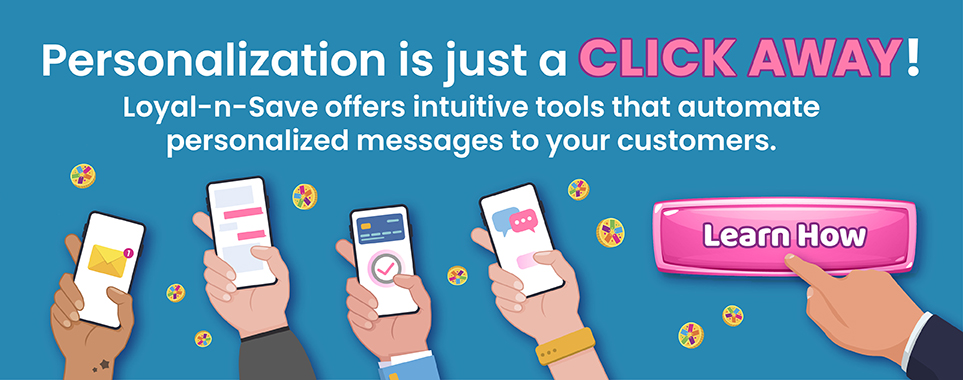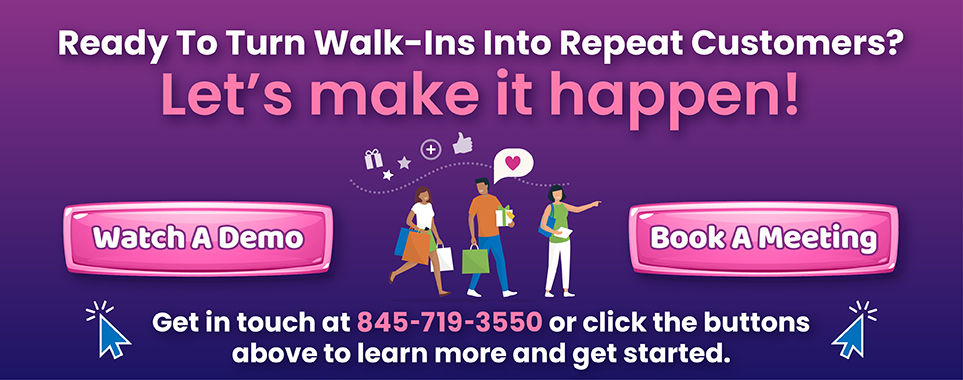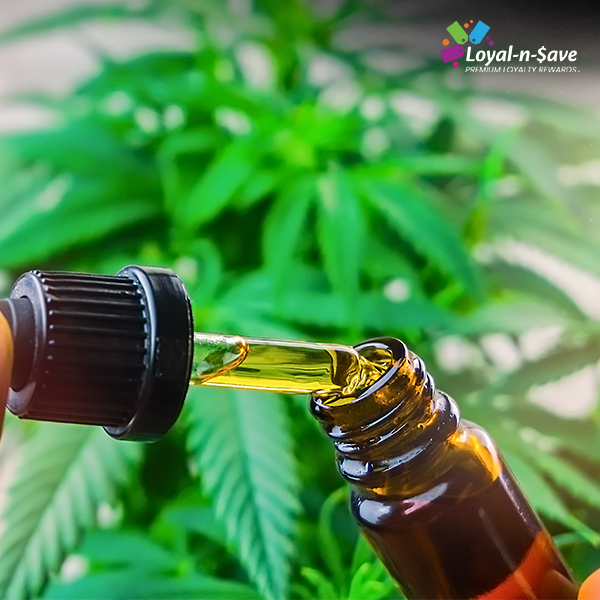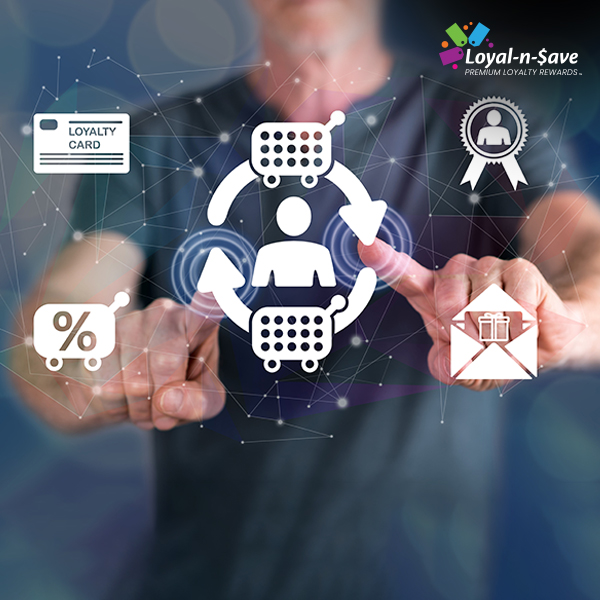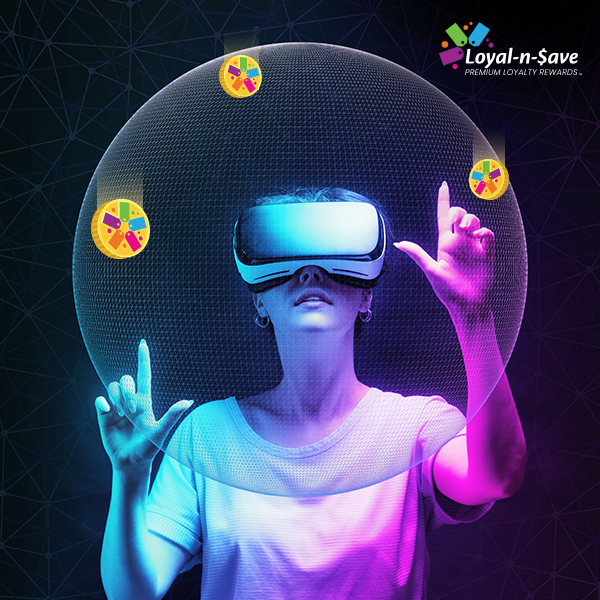How to Increase Customer Loyalty in the Competitive Grocery Industry?
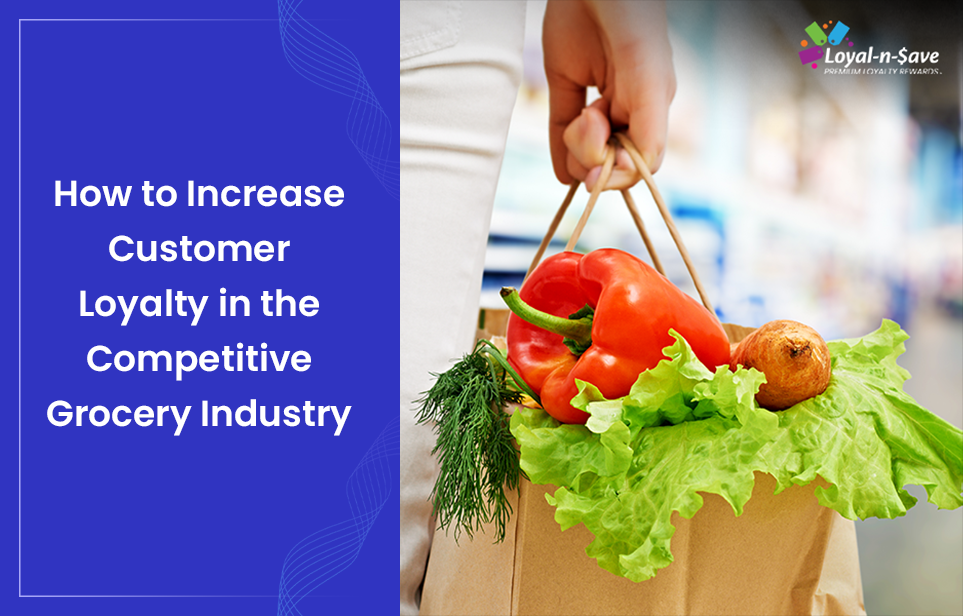
Did you know that according to Statista, the average American household visits a grocery store 1.6 times per week? With such frequent shopping trips, competition in the grocery industry is fierce. Winning customer loyalty is no longer a “nice to have,” it’s a fundamental necessity for retaining market share and driving repeat business.
This blog post dives into the challenges grocery stores face in retaining customers and explores how well-designed loyalty programs can be a game-changer. We’ll explore key strategies, essential features, and the undeniable benefits of implementing a loyalty program in your grocery store.
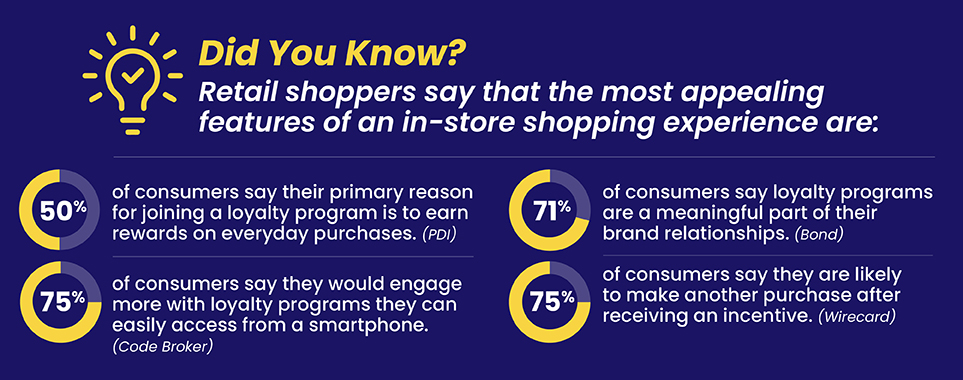
The Challenges of Keeping Customers Coming Back for More
Grocery stores face a unique set of hurdles when it comes to customer retention. Here are some of the biggest challenges:
- High Competition: From budget-friendly giants to specialty stores and online grocers, the grocery landscape is crowded. Customers have a wealth of options at their fingertips.
- Price Sensitivity: Grocery budgets are often tight, and customers are constantly on the lookout for the best deals especially amid record food price inflation.
- Evolving Customer Expectations: Today’s shoppers expect a seamless omnichannel experience, with convenient online ordering and options for in-store pickup or delivery.
Key Strategies for Effective Grocery Loyalty Programs
Personalization:
- Go beyond basic demographics. Analyze purchase history to understand individual preferences for brands, categories (e.g., organic, gluten-free), and even specific products.
- Offer personalized recommendations: Suggest complementary items, highlight special offers on frequently purchased products, and create customized shopping lists based on past purchases.
- Leverage customer birthdays or special occasions to offer personalized discounts or exclusive rewards.
87% of consumers are open to brands monitoring details of their activity if it leads to more personalized rewards. (Bond)
Digital Integration:
Develop a user-friendly mobile app that allows customers to:
- Easily track their points and rewards.
- Browse digital coupons and redeem them directly at checkout.
- Access personalized offers and recommendations.
- Create and manage shopping lists.
- Order groceries online for pickup or delivery.
Integrate with digital wallets for seamless payment and rewards redemption.
Enable in-app communication for personalized messages, alerts, and customer support.
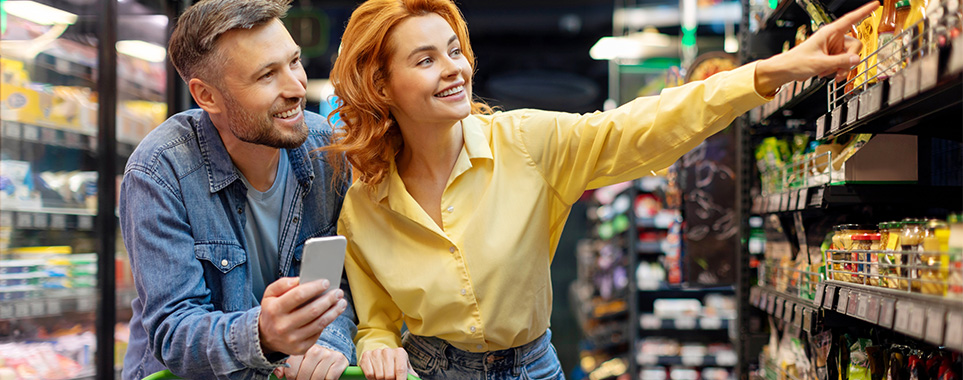
Omnichannel Experience:
Ensure seamless integration between online and in-store channels:
- Allow customers to earn and redeem rewards across all channels.
- Offer consistent pricing and promotions both online and in-store.
- Provide convenient options for order fulfillment, such as in-store pickup, curbside delivery, and home delivery.
Create a unified customer profile that reflects all customer interactions across all channels.
Customer Feedback Loop:
Actively solicit customer feedback through surveys, polls, and in-app feedback mechanisms.
Use feedback to identify areas for improvement:
- Address customer concerns and complaints promptly.
- Refine your loyalty program based on customer feedback and preferences.
- Identify new opportunities to enhance the customer experience.
Analyze customer feedback to gain insights into customer needs and preferences.
Referral Programs:
Offer compelling incentives for both the referrer and the new customer.
- Consider tiered rewards for multiple referrals.
- Make it easy for customers to share their referral codes with friends and family.
- Promote the referral program through social media, email marketing, and in-store signage.
Track referral performance to identify the most effective referral channels and optimize your program accordingly.
73% of consumers are more likely to recommend brands with good loyalty programs. (Bond)
Features You Need for a Winning Grocery Store Loyalty Program
Points and Reward Mechanics:
Offer a flexible points system that allows customers to earn points for various activities, such as purchases, referrals, and completing surveys.
Provide a variety of redemption options:
- Discounts on groceries
- Free products
- Exclusive experiences (e.g., cooking classes, wine tastings)
- Donations to charity
67% of customers said they’d love to see more options for what you can redeem your points for aside from just coupons or discounts.
Make it easy for customers to track their points and understand how to redeem them.
Checkout Coupons and Instant Discounts:
Offer targeted coupons and discounts based on customer purchase history and preferences.
- For example, offer discounts on items that are about to expire or on products frequently purchased by the customer.
- Provide instant discounts at checkout for a more immediate and rewarding experience.
Personalized Offers and Recommendations:
- Leverage AI and machine learning to analyze customer data and provide highly personalized recommendations.
- Offer personalized shopping lists based on past purchases and dietary preferences.
- Send targeted notifications about special offers and promotions relevant to the customer.
Exclusive Partner Collaborations:
- Partner with complementary businesses such as local restaurants, pharmacies, or fitness centers.
- Offer exclusive discounts and benefits to loyalty program members at partner locations.
- Create cross-promotional opportunities to attract new customers and increase engagement.
Tiered Membership Levels:
- Create a tiered system with increasing benefits as customers spend more or engage more frequently.
- Offer exclusive rewards and benefits to members at higher tiers, such as early access to sales, priority customer support, and invitations to exclusive events.
- Clearly communicate the requirements for advancing to higher tiers to motivate customer engagement.
Digital Integration and Mobile Apps:
- Develop a user-friendly and intuitive mobile app that is easy to navigate and use.
- Integrate with other digital platforms such as social media and online marketplaces.
- Ensure the app is compatible with both iOS and Android devices.
- Provide regular app updates to add new features, improve performance, and address any bugs or issues.
Limited-Time Promotions and Events:
- Create a sense of urgency and excitement with limited-time promotions and events.
- Offer exclusive deals and rewards during special occasions such as holidays, birthdays, and seasonal events.
- Host in-store events such as cooking demonstrations, product tastings, and meet-and-greets with local chefs.
By incorporating these expanded strategies and features, you can create a highly effective loyalty program that fosters customer engagement, drives repeat business, and sets your grocery store apart from the competition.
4 Benefits of Grocery Loyalty Programs
Increased Sales:
- Boost Average Transaction Value: Loyalty programs incentivize customers to spend more to reach reward milestones.
- Encourage Upselling and Cross-selling: Targeted offers and personalized recommendations can lead customers to discover and purchase new products.
- Drive Impulse Purchases: In-store promotions and limited-time offers can entice customers to add items to their cart that they might not have otherwise considered.
Retain Existing Customers:
- Reduce Customer Churn: By providing ongoing value and demonstrating appreciation, loyalty programs foster a stronger sense of loyalty and reduce the likelihood of customers switching to competitors.
- Build Long-Term Relationships: Loyalty programs help build stronger, more meaningful relationships with customers by providing personalized experiences and demonstrating a commitment to their satisfaction.
- Increase Customer Lifetime Value: By encouraging repeat purchases and increasing customer spending, loyalty programs significantly contribute to long-term customer lifetime value.
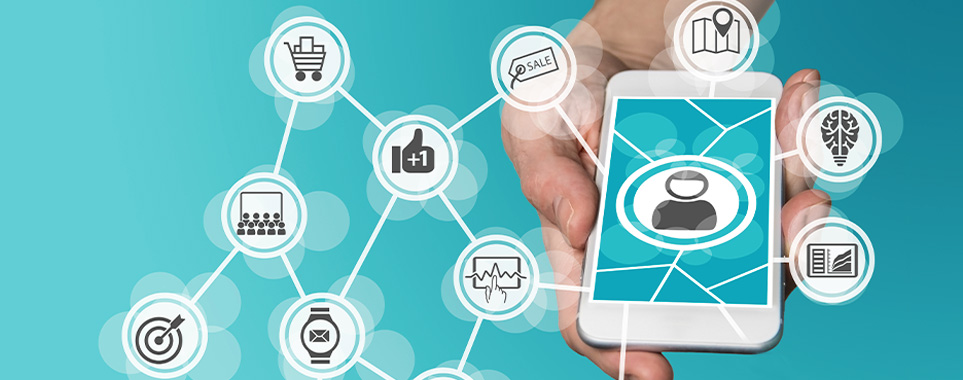
Collect Valuable Data:
- Gain Deeper Customer Insights: Loyalty programs provide a wealth of data on customer behavior, preferences, and spending habits.
- Identify High-Value Customers: Analyze purchase history to identify your most valuable customers and tailor marketing efforts accordingly.
- Understand Customer Trends: Track purchase patterns and identify emerging trends to inform product assortment, inventory management, and marketing campaigns.
- Improve Customer Segmentation: Segment customers based on their purchase history, spending habits, and engagement with the loyalty program to deliver more targeted and effective marketing messages.
Improve Marketing Efficacy:
- Increase the ROI of Marketing Campaigns: Targeted promotions and personalized offers delivered through the loyalty program can significantly improve the return on investment of your marketing efforts.
- Reduce Marketing Costs: By communicating directly with loyal customers through the loyalty program, you can reduce reliance on costly advertising channels.
- Enhance Brand Awareness: Loyalty programs can increase brand visibility and awareness by encouraging customer advocacy and word-of-mouth referrals.
By leveraging the data collected through your loyalty program and continuously refining your strategies, you can significantly improve the effectiveness of your marketing efforts and build a more profitable and sustainable business.
Conclusion
“Let’s be honest, the grocery aisle can feel like a jungle sometimes! With so many choices and prices fluctuating, it’s easy for customers to get lost in the shuffle. But a well-crafted loyalty program isn’t just about discounts; it’s about showing your customers you truly value them. It’s about building a real connection, making them feel special, and giving them a reason to choose your store again and again. By focusing on personalization, creating a seamless experience, and always looking for ways to improve, you can build a loyal customer base that will not only survive the competitive jungle, but thrive in it.”
FAQs
Loyal customers are valuable assets. They spend more, shop more often, refer friends, and become strong advocates for your store. This translates to increased revenue and a stronger market position.
Customer satisfaction means you met their expectations (good service, quality products). Loyalty goes beyond that. It's about building a strong, ongoing relationship where customers consistently choose your store, even when faced with competitive offers.
Grocery shopping is frequent and price-sensitive. Successful programs need to offer frequent rewards, address the perishable nature of many items, and incentivize regular visits to maximize value for customers.
Absolutely! Smaller stores can leverage their unique advantages. Personalize rewards, partner with local businesses, and focus on providing exceptional customer service to build strong loyalty.
Make enrollment easy (like joining at checkout), clearly explain the benefits, offer attractive initial incentives (like bonus points), promote the program consistently (in-store and online), and provide an exceptional overall shopping experience.
Posted on Jan 6, 2025



